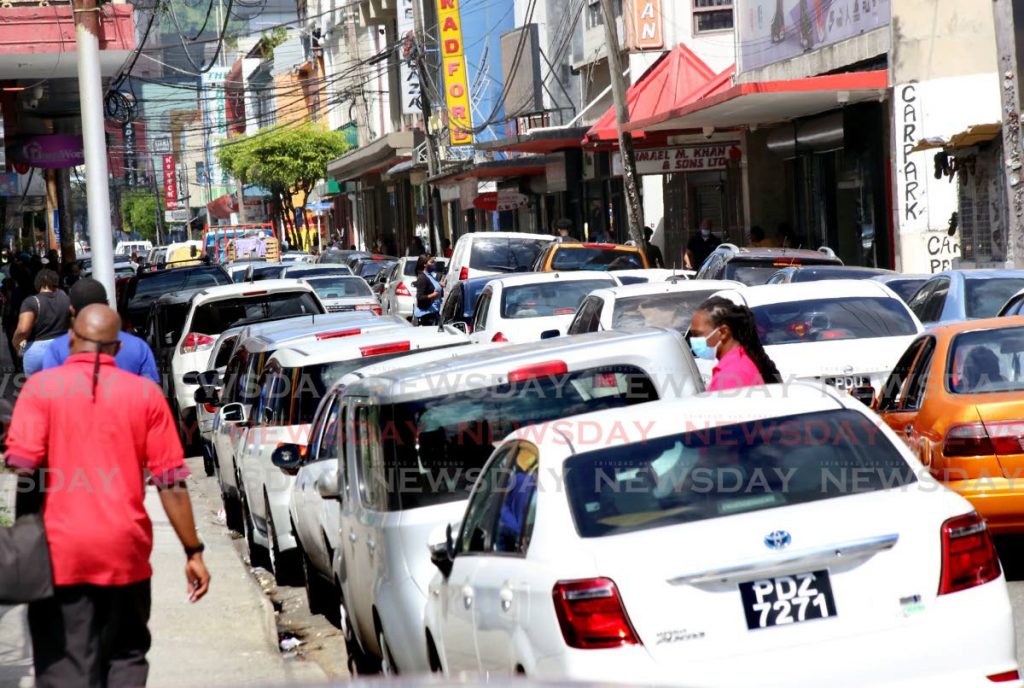Manage cars on the roads, reduce cost

IN PARLIAMENT on Friday, Finance Minister Colm Imbert disclosed citizens had bought 19,460 cars at a cost of $2.02 billion.
According to the minister, not only do these purchases exhaust foreign exchange, they are gratuitous.
“There certainly are enough cars in Trinidad and Tobago at this time,” the minister said. “We have over one million motor vehicles in TT, one of the highest per capita owners in the world.”
The minister’s figures differ from a 2015 estimate that put the number of cars at 397,000. Another 2015 estimate, by the UN Environment Programme, calculated there were 630,000 vehicles in TT, but increasing by 30,000 annually.
Be that as it may, the minister’s point is clear. Nearly a million cars in a country of about 1.4 million people definitely suggests a situation that needs to be grappled with.
Whatever accounts for these figures, be sure the costs are not limited to the impact on foreign exchange alone (which itself has implications for the State’s ability to provide for citizens.)
Consider this: a higher number of cars requires more spending on infrastructure and its maintenance. More and more cars puts pressure on authorities to procure more and more construction services, spend more on repairs and ensure robust enforcement of traffic laws and safety requirements. One of the reasons why we have to spend millions on walkovers is to help protect pedestrians in the face of a deluge of vehicles.
The glut of vehicles has also long had an impact on economic productivity, literally driving work performance down because of traffic problems, longer commutes, higher stress levels and, therefore, higher healthcare costs. We are driving ourselves to the hospital.
The health of the environment, too, is at stake. In 2008, emissions from consumption of liquid fuels in TT were 3.7 million tonnes, nearly all of which stemmed from transport, according to the UN. Greenhouse gas emissions from the transportation sector also increased by 278 per cent over the period 1990 to 2006. Imagine what the emissions have been like since?
It’s not all bad news, however. Cars aid economic activity too, facilitating a certain quality of life, making consumers more mobile. Taxi drivers are able to earn a living largely because it seems clear enough that public transport is inadequate for the needs of the population.
In his fiscal package, Mr Imbert has paid attention to foreign-used vehicles. But the figures he disclosed also indicate that the purchase of new cars is also high.
Regarding all types of vehicles, public and private, the minister said 24,590 vehicles had been bought for $2.76 billion. Of these, 4,777 were goods vehicles, 196 buses, 8,864 used cars and 157 taxis. But 10,796 were new cars.
It’s clear, therefore, that we need to hear about more holistic measures to address our transport needs. That includes plans for energy-efficient cars and changing transport patterns in urban spaces so people do not have to rely on vehicles.
Otherwise, we may all end up going nowhere.


Comments
"Manage cars on the roads, reduce cost"